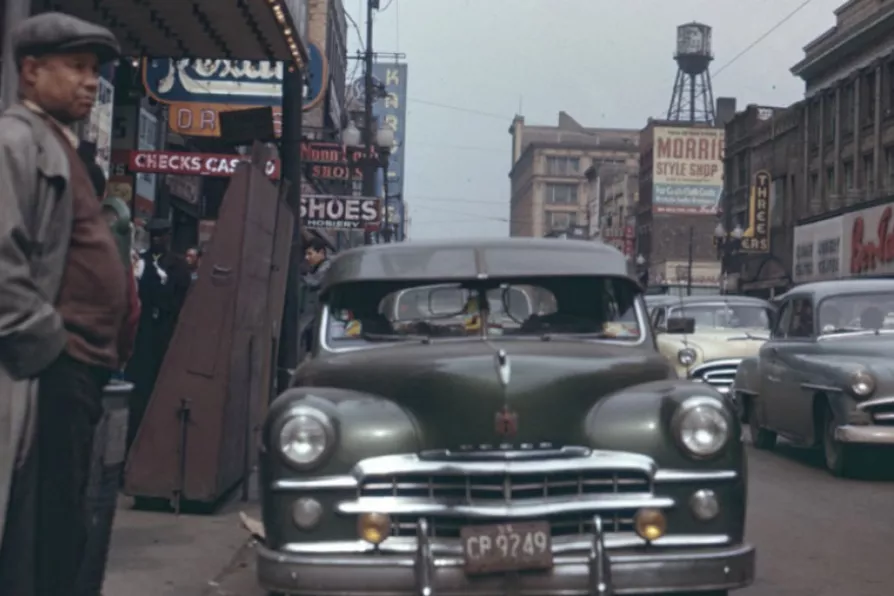A November 15 protest in Mexico – driven by a right-wing social-media operation – has been miscast as a mass uprising against President Sheinbaum. In reality, the march was small, elite-backed and part of a wider attempt to sow unrest, argues DAVID RABY
A fiery musical talent from the Windy City
Chris Searle on Jazz


John Jenkins
Young Jenkins: 1957 Quintet Sessions
(Fresh Sound FSR CD931)
A STRANGE jazz life was that of the alto saxophonist John Jenkins. Born in Chicago in 1931 he went to Du Sable High School, which had an extraordinary music teacher called Captain Walter Dyett who tutored some of the most powerful saxophonists of the post-bop epoch, including Johnny Griffin, Sun Ra’s great tenor horn John Gilmore and Clifford Jordan.
Much influenced by the Charlie Parker sound and Parker’s disciples Jackie McLean and Sonny Still, Jenkins gigged for several years around Chicago before moving to New York in March 1957 where he very soon found himself playing in the Mingus band.
Similar stories

Re-releases from Bobby Wellins/Kenny Wheeler Quintet, Larry Stabbins/Keith Tippet/Louis Moholo-Moholo, and Charles Mingus Quintet

This is poetry in paint, spectacular but never spectacle for its own sake, writes JAN WOOLF

CHRIS SEARLE picks his favourites

Two new releases from Burkina Faso and Niger, one from French-based Afro Latin The Bongo Hop, and rare Mexican bootlegs










